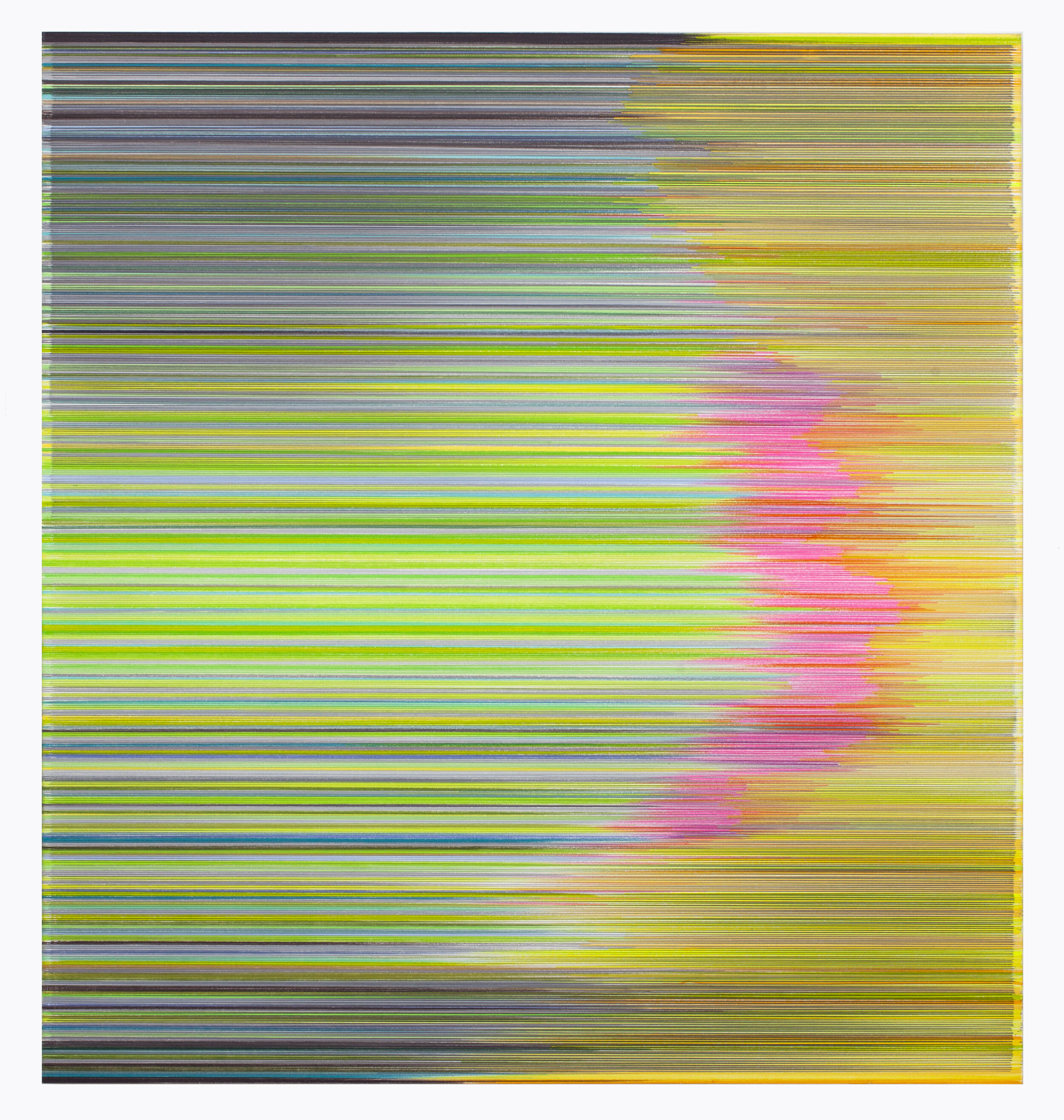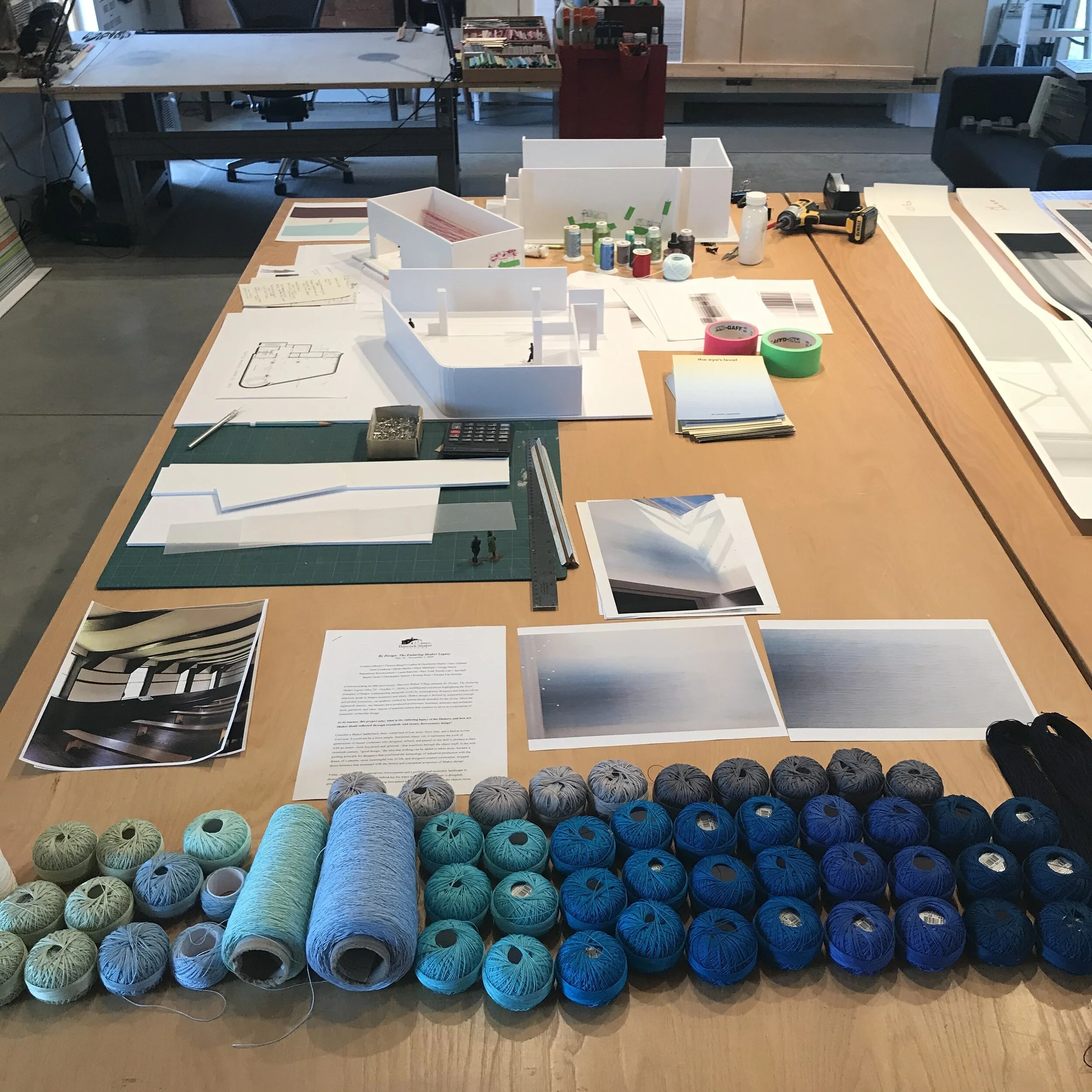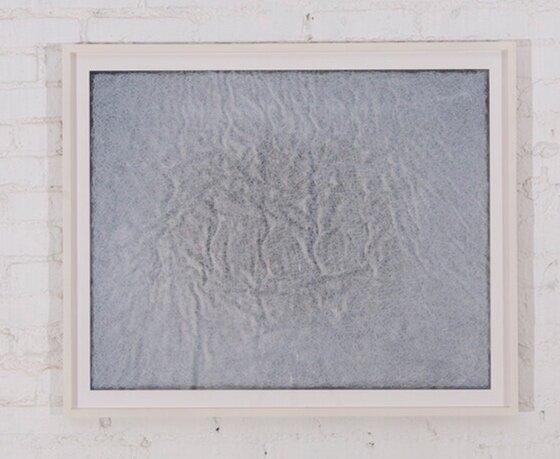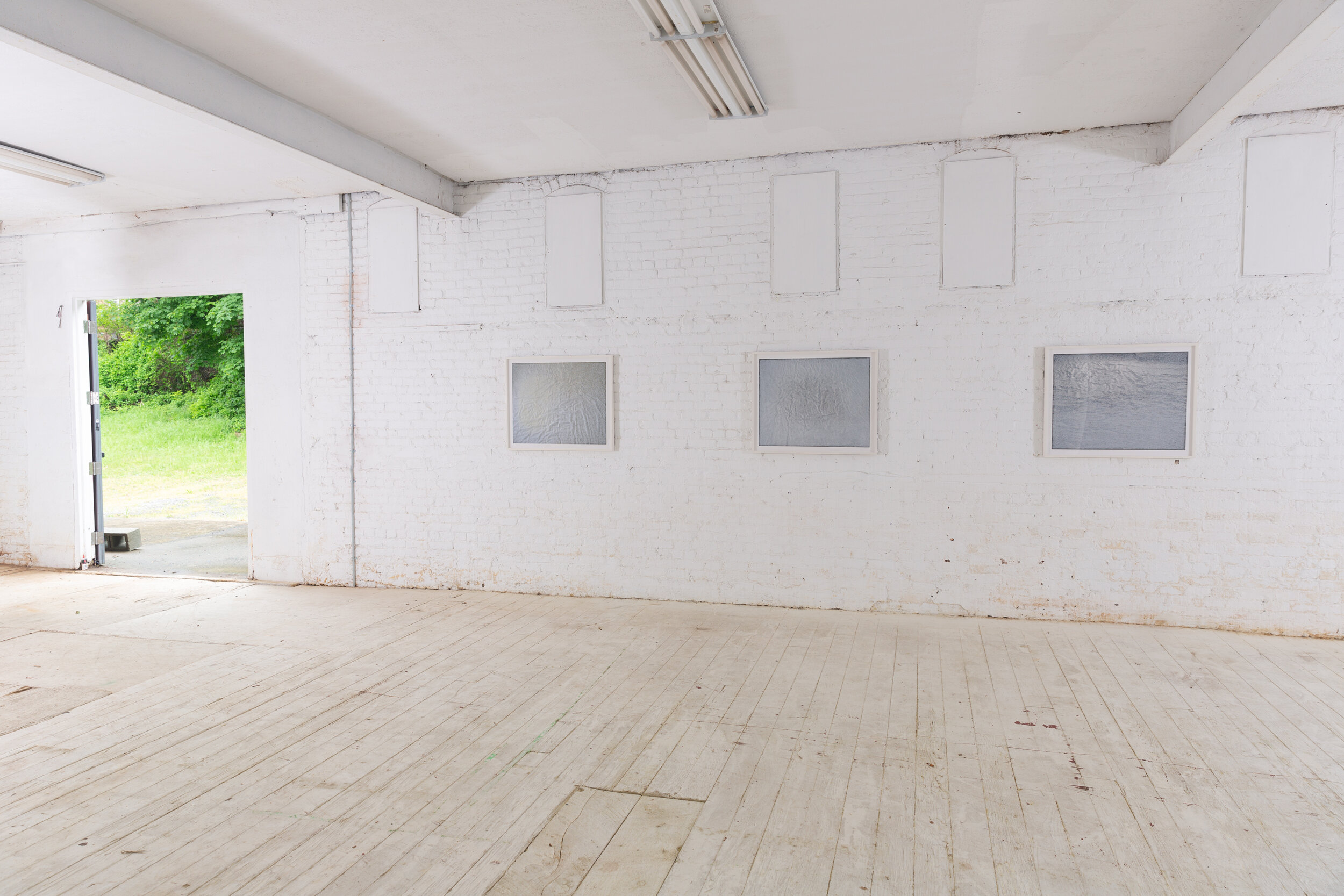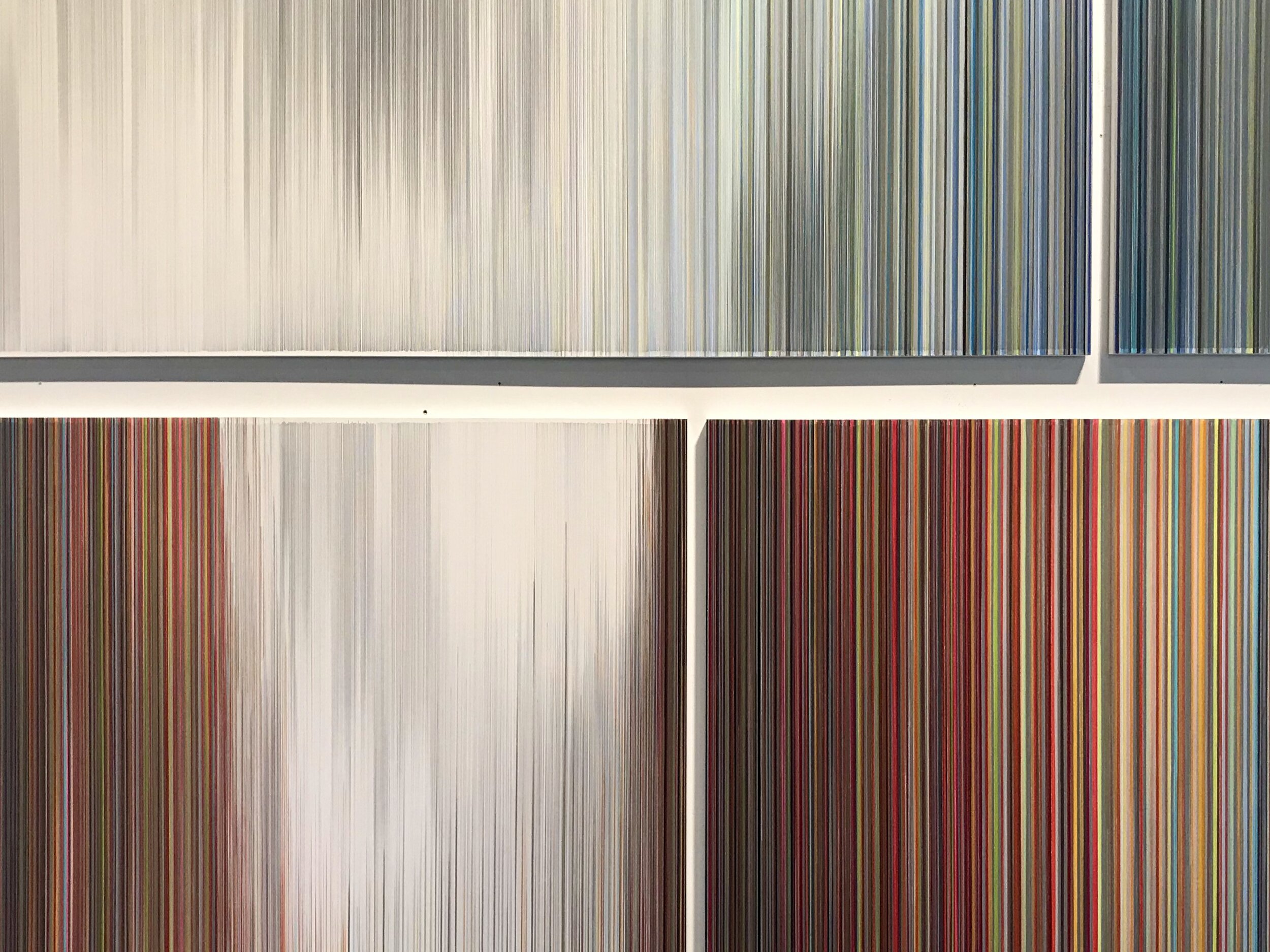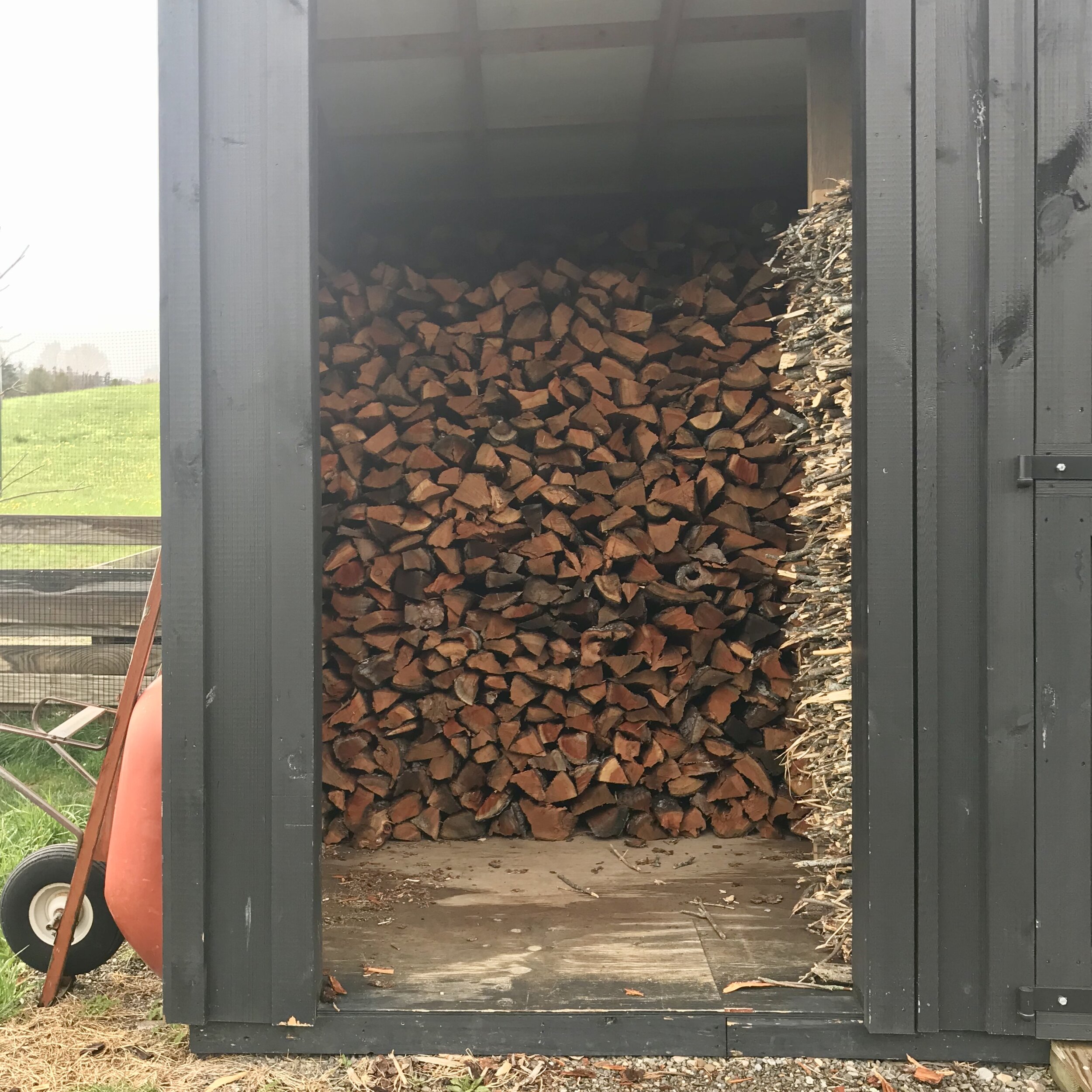Anne Lindberg makes immersive installations and drawings that tap a non-verbal physiological landscape of body and space. Her work has been in solo and group exhibitions at such places as The Drawing Center (NYC), Tegnerforbundet (Norway), SESC Bom Retiro (Sao Paulo), The Mattress Factory, Museum of Fine Arts Boston, Museum of Arts and Design NYC, CAM Raleigh, US Embassy in Rangoon Burma, Thomas Cole National Historic Site, Bemis Center for Contemporary Art, Akron Art Museum, Cranbrook Art Museum, Contemporary Art Center Cincinnati, and the Omi International Art Center, among others. Lindberg is a recipient of awards including a 2011 Painters & Sculptors Joan Mitchell Foundation Grant, Charlotte Street Foundation Fellowship, Lighton International Artists Exchange, Art Omi International Artists Residency, and a Mid-America National Endowment for the Arts Fellowship. Lindberg earned an MFA from Cranbrook Academy of Art.
For more information, please see: http://www.annelindberg.com and on Instagram @annelindbergstudio.
Anne Lindberg, flash: hot, 2020. Graphite and colored pencil on mat board. 30 x 28 in. Image courtesy of the artist.
First, and most importantly, how are you doing? How are you navigating the highs and lows?
I am trying really hard to see this time for what is gained rather than what is lost, both in terms of my studio life within the coronavirus crisis and with national voices speaking out against racial injustices. I have hope that global protests can bring about positive structural change. Artists have always played an important role in moments like these and I am encouraged by the power of art to awaken change. However, I am definitely experiencing swings between relative clarity and complete lack of focus, and near immobility. These states of mind seem to shift frequently and arrive unannounced. It is terribly difficult to keep from sinking into deep despair for the struggles of so many due to COVID-19 and the complete lack of leadership around a unified clear strategy.
Development of flash drawings in progress for, vivid messengers, an online solo exhibition at Carrie Secrist Gallery. Image courtesy of the artist.
It's my experience that most artists engage with some level of self-isolation in their day to day art practice. Has this been your experience? And if so, have you found these innate rhythms to be helpful during this larger, world-wide experience of isolation?
I am grateful that my studio rhythm has been essentially the same. I have always worked in my studio multiple days without much social contact and relish long uninterrupted days drawing, reading, conceptualizing. Now, consecutive quiet days have stretched to weeks, now months, as the pandemic continues to rage worldwide. I live in a rural agricultural region of New York state, so I am quite a distance from our neighbors, and grateful for the ability to find nourishing food at local farms.
Lindberg’s studio work table. Image courtesy of the artist.
View of models of several projects that are postponed; the gradient of blue thread in foreground (including indigo-dyed) is for an immersive installation at the Hancock Shaker Village in Pittsfield, MA; this project, originally set to open at the end of May 2020, has now been re-scheduled for next summer; the exhibition is called By Design, curated by Sarah Margolis-Pineo, and will celebrate the 60th anniversary of this Shaker museum.
Anne Lindberg, insomnia 10, 2008. Colored pencil on vellum adhered to archival pigmented print. 28 x 34 in. Image by Jake Smisloff. Currently on view in Lost and Proud at River Valley Arts Collective at Thornwillow, Newburgh, NY.
Has any of your imagery shifted in a reflection to what's currently happening?
During March, I completed a series of two-panel drawings for a drawing intervention at Manitoga, Russell Wright’s home and studio in Garrison, NY, called cycles of seeing. The project is opening a bit later than planned on July 10 with scheduled tours for social distancing. I also had four drawings in a group exhibition called Lost and Proud, curated by Candice Madey with the River Valley Arts Collective at Thornwillow in Newburgh, NY. I am grateful to RVA for moving forward with an “in real life” exhibition and for creating a beautiful catalog. The catalog can be downloaded on the RVA website. The show includes four contemporary arts whose work finds connection to the legacy of Lenore Tawney - Liz Collins, Katie Ford, Laurel Sparks, and myself.
This year was planned to be very full for me with a medley of some six exhibitions and installation projects that are now either postponed or will exist online. My worktable is crowded with scale models of concepts & plans waiting to be realized. One solo museum exhibition was re-scheduled for Fall 2022! That’s seems like a lifetime from now. The likelihood of postponed exhibitions was quickly apparent to me, so when shelter-in-place began, I instinctively turned to a series of new drawings. What has evolved are fairly small in scale and hold something of my psychological state -- colors are more intense; gestures are more pronounced; emotions are more palpable; shifts are more sudden. This new work just opened in vivid messengers, an online exhibition at Carrie Secrist Gallery along with a group of drawings I was making just before COVID-19 arrived. It will be interesting to see, as time goes on, how this intense time influences future work. I have always understood the evolution of my work as incremental, each work leads to the next and the next in a long string of ideas.
Lost and Proud (Anne Lindberg) installation view. Image by Jake Smisloff.
Detail of cycles of seeing drawings in process. Image courtesy of the artist.
It would be great if you could briefly talk us through your practice. Understanding it is integral to appreciating the multivalence of your work.
In broad terms, my work is created through the fundamental gesture of pulling lines: from point to point, across surfaces, through three-dimensional spaces. The colorful fields and volumes I build register my physicality and psychology—the pressure of my hand, the pace of my step, the rhythm and speed of individual accumulating actions, the tenor of my perceptions. It is process intensive work that is emphatically material, yet also elusive and phenomenological. My intent is to create abstract works that feel lit from within and tap a non-verbal place, inducing physiological responses and evincing a sense of alchemy.
For over thirty years, I have been working within a broad definition of drawing, pushing conventions of scale, context, and format. My installations are composed of fine chromatic threads pulled tautly between points: luminous “drawings in space” that cut across rooms, swarm corners, or hover overhead. Carefully planned while also incorporating on-site improvisation, they respond to and amplify attributes of their environments to directly engage the body and effect how space is navigated and perceived. Produced through an incremental, labor-intensive process, this work is strongly informed by my background in textiles, while also pushing definitions of drawing, sculpture and craft.
Composed incrementally of thousands of hand-drawn lines, my 2D drawings are intimate and indexical, embodying time, labor, the presence of my hand, and the movement of my body. Increasingly, they are optically complex, and often architectural in scale, with forms emerging and disappearing within and across fields that imply three-dimensional spaces. I am interested in creating works that vibrate between states and modes of understanding—intensely visual but perceptually mysterious; affecting in a manner that exceeds language.
Anne Lindberg, flash: opposite, 2020. Graphite and colored pencil on mat board. 30 x 28 in. Image courtesy of the artist.
What do you think or hope will be different after this crisis has passed?
I fear an increasing divide or isolation between rich and poor. As we move toward the fall elections, I hope this contracted & terrifying time will awaken an understanding of the intertwined relationships between social inequities and human health as this moment vividly exposes our unpreparedness for climate change. Just as we need smart global coordination to confront the climate crisis, we need universal health care and selfless effective leadership. COVID-19 is a vivid messenger standing at our doorstep right now, amplifying our challenges.
Anne Lindberg, cycles of seeing 01, 2020. Graphite and colored pencil on mat board. 34 x 116 in. on two panels. Image courtesy of the artist. Currently on view in cycles of seeing at Manitoga in Garrison, NY.
What is bringing you solace, or even joy, in this moment?
I have found myself reading for a bit longer in the morning and spending long periods of time in the garden, looking, weeding, staking, trimming and harvesting. We built 16” tall raised beds last fall, so my back is faring better than last year, ha! Those who know me are well aware that I love stacking wood. I moved a massive stack that was out in the garden into the covered woodshed for next year, and my husband and I have cleared brush and stacked stones along the edge of the wetland. Doing hard physical work has been a much-needed tonic.
Lindberg’s wood stack. Image courtesy of the artist.
Are you reading anything at the moment?
When shelter-in-place first began in early March in New York state, I quickly picked up the new biography These Fevered Days: Ten Pivotal Moments in the Marking of Emily Dickinsonby Martha Ackmann. It’s such an important contribution to scholarship on Dickinson. Dickinson seemed just the right person to read about since she composed some of the most extraordinary poignant powerful creative work, nearly 2,000 poems found tucked into her drawers, all from her bedroom. I also read The Mushroom at the End of the World: On the Possibility of Life in Capitalist Ruinsby Anna Lowenhaupt Tsing. The New York Timesand CNNMorning Briefingsarrive daily by email and have been manageable sources of news on COVID-19. In more recent weeks, I have been reading everything I can find of James Baldwin; I just started a biography of Frederick Douglas, and really enjoyed Vermeer in Bosnia, a collection of writings by Lawrence Weschler – he is such a great writer! The title essay brings together his observations of the Hague’s Yugoslav War Tribunals with the luminously serene paintings of Vermeer that were made in an equally violent time in Holland. It’s a profound and poignant piece of writing, that to me, suggests a way to find a sense of exile within a brutalist regime. It’s one of the best pieces of writing I’ve read in a long time.
Garden plants. Image courtesy of the artist.

